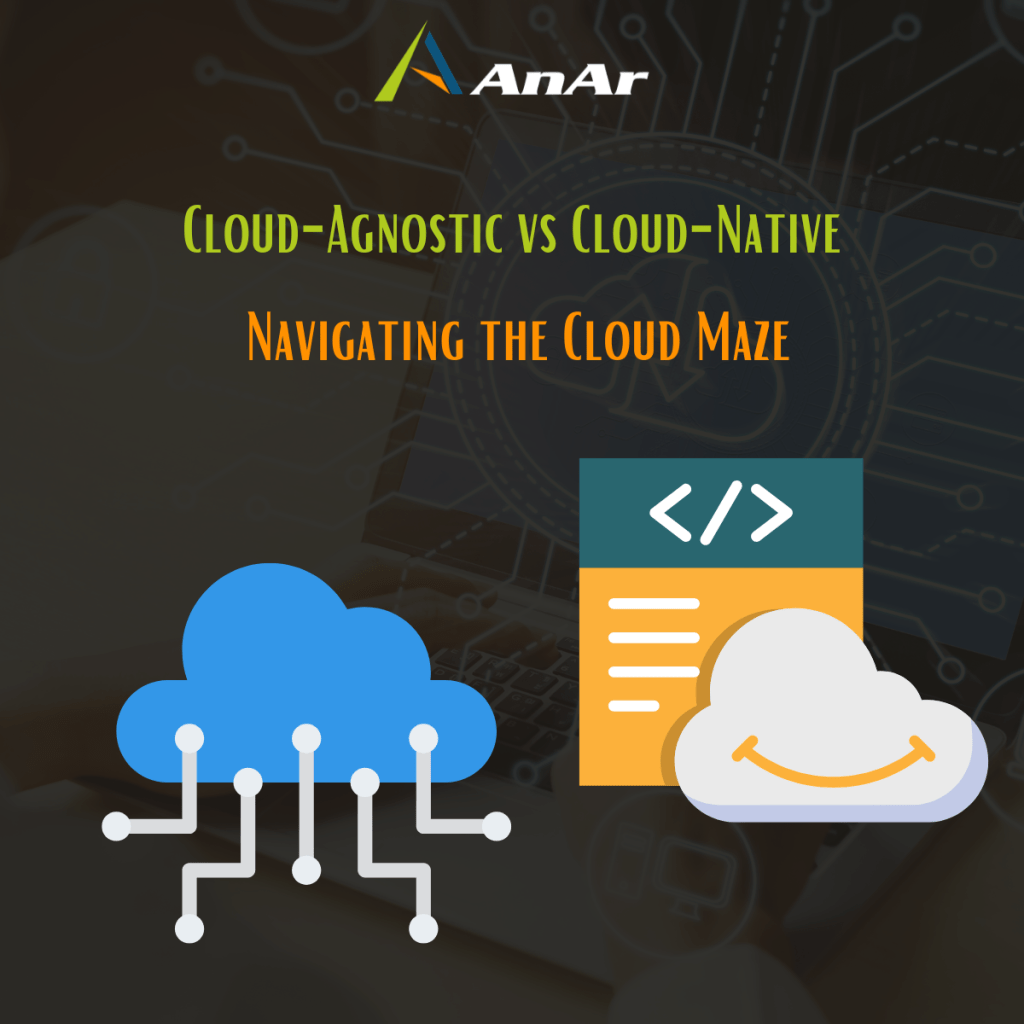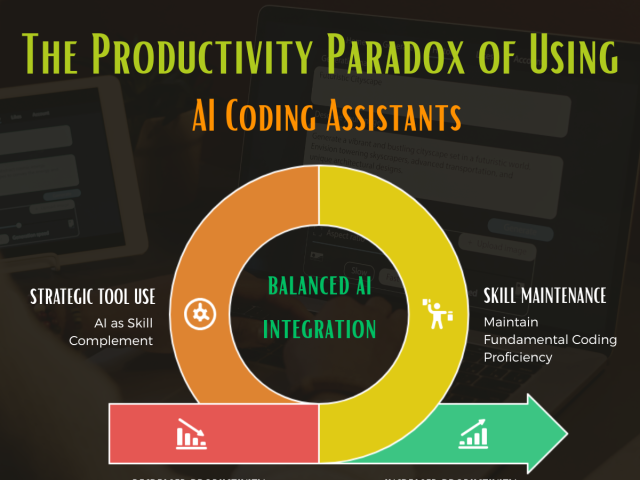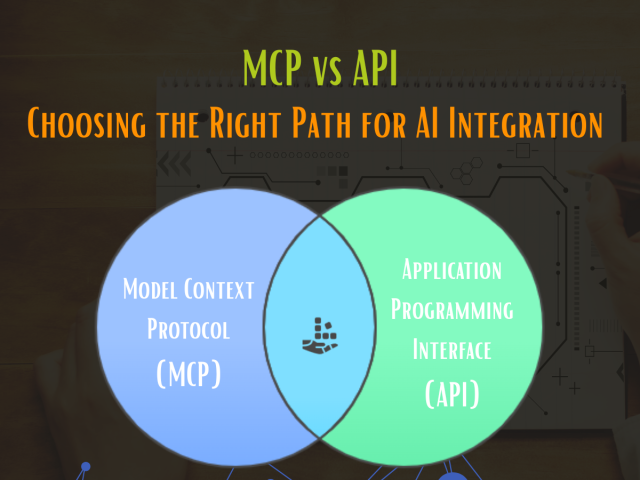The widespread adoption of cloud computing has dramatically transformed modern IT infrastructure. However, once the decision to migrate to the cloud is made, organizations face a crucial strategic choice: should they build a cloud architecture that is tightly integrated within a single platform (cloud-native) or prioritize flexibility and independence from any specific provider (cloud-agnostic)? Each approach presents unique benefits and challenges, requiring careful consideration before determining your organization’s cloud strategy.
The cloud-native approach creates a cohesive structure within one cloud provider’s ecosystem, promoting seamless integration, enhanced performance, and increased agility. However, this model can lead to vendor lock-in, which may restrict future adaptability. On the other hand, the cloud-agnostic strategy offers the freedom to select and integrate solutions from multiple vendors, allowing for greater flexibility. This independence, however, requires organizations to possess significant foresight and technical proficiency, as they are responsible for the design and upkeep of a versatile infrastructure.
Successfully navigating this strategic decision-making process requires a nuanced understanding of both cloud-native and cloud-agnostic frameworks, free from biases.
This blog delves into the complexities of cloud-native versus cloud-agnostic architectures, thoroughly examining their respective strengths and weaknesses. Our aim is to equip you with the knowledge necessary to develop a resilient cloud architecture that supports your organization’s digital transformation efforts.
What is a cloud-native architecture?
The cloud-native architecture approach encourages developers to create applications specifically tailored for a particular cloud environment, often provided by third-party platforms like AWS, Google Cloud, Azure, Alibaba Cloud, or Oracle. This method allows software teams to leverage advanced features and plugins of the chosen cloud platform, benefiting from managed services and reduced back-end configuration responsibilities. However, this reliance on a specific platform may result in applications that are tightly bound to it, making porting to another platform challenging and requiring significant code refactoring and application rebuilding, despite the growing trend of multi-cloud adoption.
Abandon the notion of pampered pets, embrace the herd!
Cloud-native systems are designed to embody the adaptability and robustness of cattle in the realm of IT. These systems can be effortlessly replaced, scaled, and tailored, flourishing in the expansive pasture of the cloud. Consider microservices and containers — exemplifying modularity and portability. Tools such as Kubernetes, Docker, and Azure DevOps take on the role of wranglers, guaranteeing secure operations, seamless updates, and virtual agility. Embrace the spirit of the cloud-native approach — liberate your systems to roam freely and evolve effortlessly!
What is a cloud-agnostic architecture?
A cloud-agnostic architecture strategy emphasizes the development of applications that can function smoothly across multiple cloud environments. These applications and services are designed to be independent of the specific toolsets associated with any single major cloud provider, allowing for integration with a customized combination of tools, whether sourced from vendors or open source. Although this approach carries some risks related to tool compatibility and standardized application management, it empowers organizations to break free from the limitations of vendor lock-in.
The appeal of the flexibility and freedom offered by a cloud-agnostic approach has led to its adoption in numerous development environments. However, developing an application or service that is independent of a particular vendor requires additional effort to build and integrate all the necessary features, presenting a potentially labour-intensive task for development teams.
The following table provides an in-depth comparison of the characteristics of cloud-native and cloud-agnostic design:
| Comparison Criteria | Cloud Native | Cloud Agnostic |
|---|---|---|
| Focus | Deep integration with a specific cloud platform’s features and tools, maximizing performance and resource optimization within that environment. | Independence from specific cloud providers, prioritizing platform interoperability and adaptability through open-source technologies and standardized interfaces. |
| Flexibility | High flexibility within the chosen platform, offering powerful customization and optimization capabilities. However, adapting to other platforms requires significant rewrites. | High flexibility across various platforms, allowing seamless migration and utilization of diverse cloud resources. Requires upfront investment in platform-neutral tools and expertise. |
| Portability | Limited portability due to reliance on platform-specific features and functionalities. Moving to another platform is challenging and resource intensive. | High portability as applications are designed to be self-contained and independent of specific cloud infrastructure. Migration between platforms is relatively straightforward. |
| Upfront Cost | Lower initial cost due to leveraging existing platform tools and services. However, long-term cost depends on vendor pricing and lock-in potential. | Higher upfront cost due to the need for custom-built tools and infrastructure. Offers long-term cost control and vendor independence. |
| Scalability | Excellent scalability within the chosen platform’s capacity limits, utilizing built-in scaling mechanisms and resource provisioning. Exceeding limits may require platform migration or face performance bottlenecks. | Highly adaptable scalability across different platforms, allowing utilization of additional resources and infrastructure from multiple providers. Offers boundless potential for growth and scaling needs. |
| Vendor Lock-in | Potential for vendor lock-in due to reliance on a specific platform’s tools and services. Switching platforms becomes difficult and costly. | Minimal vendor lock-in as applications are not tied to any single provider. Offers greater flexibility and control over cloud adoption strategies. |
| Development Tools | Uses platform-specific development tools and services, offering optimized performance within that environment. Requires learning new tools when switching platforms. | Relies on open-source and standardized tools like Terraform and Cloud Foundry, promoting portability and simplifying multi-cloud deployments. May require additional development overhead for platform-specific customizations. |
| Example Platforms | AWS Lambda, Azure Functions, GCP Cloud Functions | Any combination of cloud providers like AWS, Azure, GCP, etc. |
Which methodology should I choose?
Cloud-native and cloud-agnostic methodologies can coexist, and there’s no requirement to fully commit to just one approach. It is entirely possible to implement each strategy for different business teams that have unique needs.
A common practice is to adopt a cloud-agnostic strategy for development teams focused on mission-critical applications and services. This approach helps ensure that the resilience of your business model is not dependent on the expertise or longevity of a particular cloud provider. At the same time, you can take advantage of the speed and cost-effectiveness of cloud-native architecture to run supplementary applications and services in the cloud.
Conversely, you may choose to start with a purely cloud-native approach to quickly deploy consumer-facing web applications. As your business stabilizes or you acquire the necessary expertise for a cloud-agnostic infrastructure, you can gradually shift towards a cloud-agnostic architecture. For instance, you might start introducing some of the previously mentioned open-source tools incrementally to protect against vendor lock-in, thereby reaping the benefits of both cloud-native and cloud-agnostic strategies.
What are the benefits and risks of using both?
Combining both cloud-native and cloud-agnostic approaches offers a synergistic solution that effectively addresses the inherent drawbacks of each. One significant benefit of this integration is that the portability limitations of cloud-native applications are counterbalanced by the inherent portability of a cloud-agnostic system. This complementary aspect enables smooth application deployment across different cloud environments, effectively tackling a major concern often associated with cloud-native architecture.
Moreover, the extensive array of features offered by a cloud-agnostic environment enhances the flexibility of cloud-native tool development. Organizations can tailor these tools to specific requirements and easily scale them to accommodate fluctuations in business demands. This collaborative approach ensures that the combined benefits of both paradigms contribute to a more adaptable and efficient cloud infrastructure.
However, challenges arise in terms of logging, monitoring, and system management when integrating cloud-native and cloud-agnostic elements. The independence of piecemealed programs within a cloud-agnostic environment, while advantageous for customization, poses difficulties in orchestration. Overcoming this challenge necessitates the establishment of a unified command center to monitor abnormal behaviours and address issues efficiently.
Additionally, there are financial considerations. While the flexibility of a cloud-agnostic approach is valuable, it may not always be financially feasible for an organization to adopt this model entirely. Opting for a single cloud provider for all needs could result in significant cost savings in cloud computing. Ultimately, the decision to balance cloud-native and cloud-agnostic strategies depends on whether the benefits, such as increased flexibility and portability, outweigh the potential challenges and financial implications for a specific organization.
Conclusion
Deciding between cloud-native and cloud-agnostic approaches can seem like traversing a digital maze. At AnAr Solutions, we act as your navigators and guides, equipped with a deep understanding of the intricacies of both strategies and their relevance to your specific business requirements.
The cloud offers transformative possibilities for organizations of all sizes. Don’t let the challenges of choosing between cloud-native and cloud-agnostic options slow your momentum. Partner with AnAr Solutions, and together, we’ll open the door to a scalable, secure, and cost-effective cloud future.








